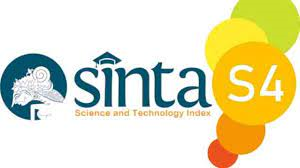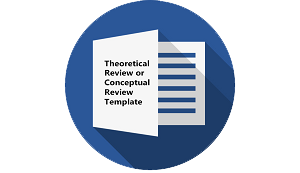EFFECTIVENESS OF SUMMARIZING IN TEACHING READING COMPREHENSION FOR EFL STUDENTS
DOI:
https://doi.org/10.30957/ijoltl.v3i1.403Keywords:
effectiveness, reading comprehension, summarizing.Abstract
 &
This problem highlighted in this study is the low of reading comprehension of the students at MTsN Pucanglaban Tulungagung that is caused by (1) the students’ difficulties to understand about meaning in the text; (2) the students’difficulties to read and spell it correctly whether in spoken form or written form.; (3) the lack of vocabulary. The research design in this study was pre-experimental research with one group pre-test post-test design. This design involves only one group by using pre-test and post-test as the instrument. The sample was VIIIA class which consists of 34 students. The result showed that the students’ mean score in teaching reading comprehension before they are taught using summary technique was 84.37. While the students’ mean score after they are taught using summary technique was 90.43. By comparing significant level in t table at 0.05, it is known that t count is bigger than t table.  Summary technique can be used as an alternative teaching technique to teach reading comprehension to the students at JHS level.Â
Downloads
Download data is not yet available.
Downloads
Published
2018-01-01
How to Cite
Nurhayati, D. A. W., & Fitriana, M. W. (2018). EFFECTIVENESS OF SUMMARIZING IN TEACHING READING COMPREHENSION FOR EFL STUDENTS. IJOLTL (Indonesian Journal of Language Teaching and Linguistics), 3(1), 33–50. https://doi.org/10.30957/ijoltl.v3i1.403
Issue
Section
Articles
License
Authors who publish with this journal agree to the following terms:
- Authors retain copyright and grant the journal right of first publication with the work simultaneously licensed under a Creative Commons Attribution-ShareAlike 4.0 International License that allows others to share the work with an acknowledgement of the work's authorship and initial publication in this journal.
- Authors are able to enter into separate, additional contractual arrangements for the non-exclusive distribution of the journal's published version of the work (e.g., post it to an institutional repository or publish it in a book), with an acknowledgement of its initial publication in this journal.
- Authors are permitted and encouraged to post their work online (e.g., in institutional repositories or on their website) prior to and during the submission process, as it can lead to productive exchanges, as well as earlier and greater citation of published work (See The Effect of Open Access).












